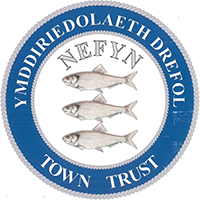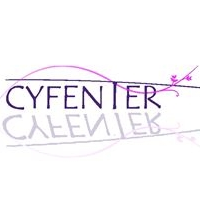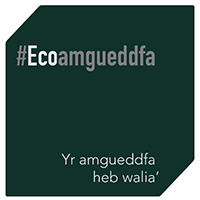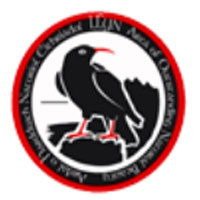The Cist Grave and Skeleton
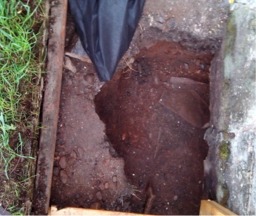
During the construction work for the redevelopment of the museum during the winter of 2013, human remains were discovered under the foundations of the church. This is not surprising as it had been a parish church until the new church St David's was built in 1901, and the site is believed to date back to the early medieval period.
However when archaeologists arrived to excavate the remains, they discovered the remains of complete cist and lintel grave (stone lined grave). This is important as they are of a type which is characteristic of the early medieval period. Also uncovered were the remains four other unassociated burials which had been heavily disturbed by Victorian and later drainage works.
The cist grave was located under the foundations of the rebuilt church in 1825-27, and as with other sites, the Victorians had disturbed a lot of the archaeology.
In addition a large wall was discovered which ran on an east west axis. This is important as it could provide rare archaeological evidence of the earlier priory church which was medieval (possibly early medieval) in origin. Maps dating back to the late 18th century show no buildings in that area which means that the wall would have to predate the 1760's.
Now scientific analysis is being carried out on the remains. Radiocarbon dating was undertaken on the skeleton recovered from the cist which has given an early 13th Century date.
Osteoarchaeologists also confirmed that this skeleton was of a female in her sixties. This lady would have lived through some exciting times in North Wales and in her later life she would have seen the unification of Gwynedd and much of mid and south Wales as well as the raise of Llywelyn ap Gruffudd (the last).
Isotopic Analysis is currently being undertaken from samples from the teeth. Analysis of the tooth can provide information about the diet of the person and where they were brought up. This is important as given the poor preservation of bones in North Wales, it will provide a rare insight into the earlier inhabitants of the area.
As the wall has been reburied, a geophysical survey is planned which would provide more
information on this structure and perhaps confirm if it relates to the earlier church.
To see C.R Archaeology photos - click here
C.R Archaeology website - click here

